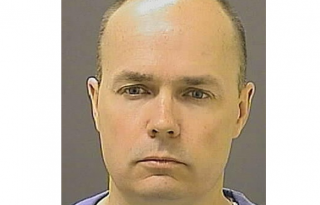
Gray’s injuries occurred at some point while he was being transported to the police station following his arrest. He was not buckled in with a seat-belt while he was riding in the back of a police van, restrained by handcuffs. The arrest took place after officers apprehended him following a foot chase. Rice initiated the chase, after he and Gray made eye contact and Gray ran, while walking in Baltimore on April 12, 2015.
Prosecutors argued that Rice should have known of the Baltimore Police’s new policy of making sure that passengers are secured by seat-belts, and that he is responsible for Gray not being buckled in. Prosecutor Janice Bledsoe said in her closing argument that “Lt. Rice’s decisions cannot be be blamed on poor judgement or error,” and that “[i]t was an intentional act that started a chain leading to the death of Freddie Gray.”
The defense countered that Gray’s injuries did not take place until some time between the police van’s fourth and sixth stops after Gray’s arrest, and that Rice didn’t have any contact with him at that point. They also called witnesses who testified that the death should have been deemed an accident. This countered the findings of assistant medical examiner Dr. Carol Allan, who determined that Gray’s death was a homicide.
Rice faced charges of involuntary manslaughter, reckless endangerment and misconduct in office, after Judge Williams dropped an assault charge and an additional misconduct in office charge, according to WBAL.
Rice was the fourth officer connected to Gray to face trial. Officer Williams Porter‘s trial resulted in a hung jury and he awaits a new trial, while Officers Nero and Goodson were acquitted by Judge Williams.